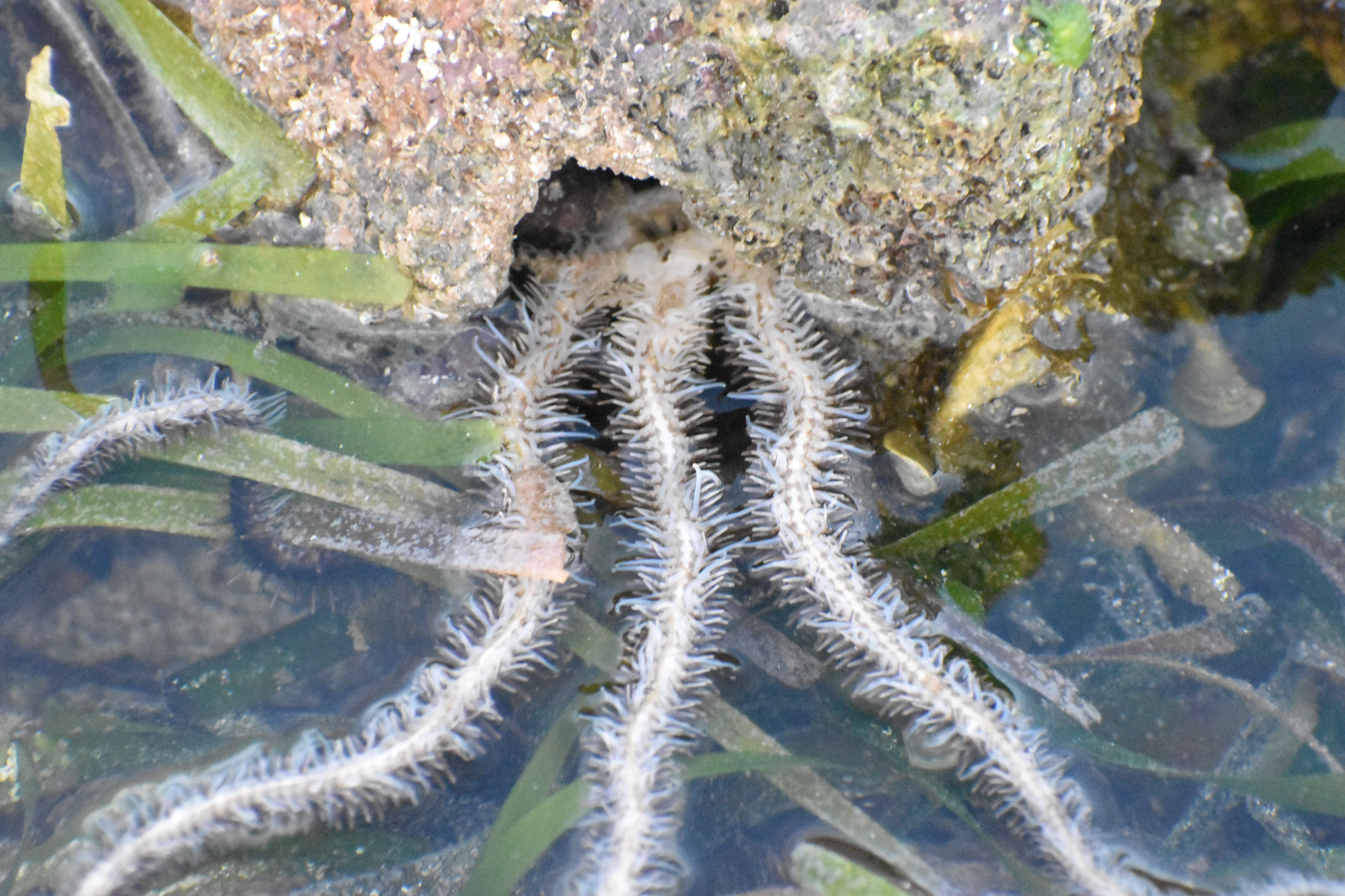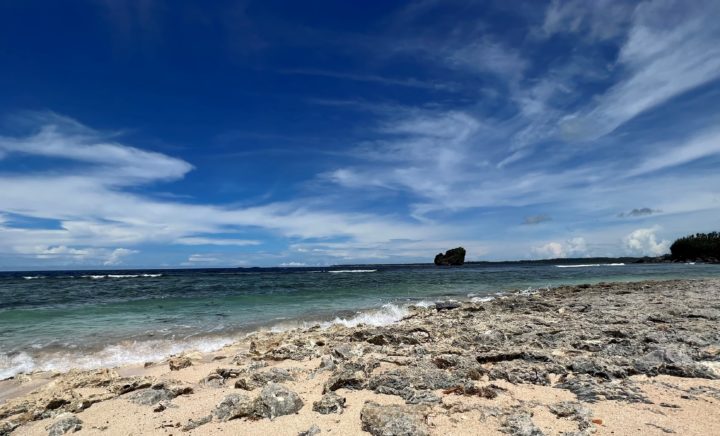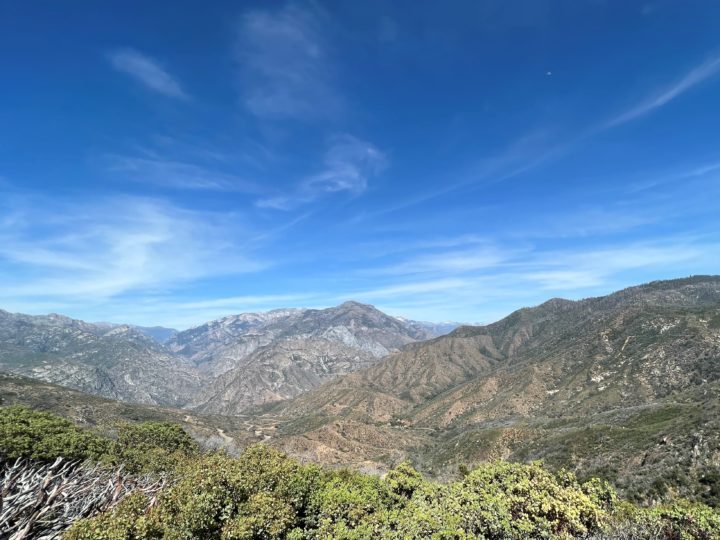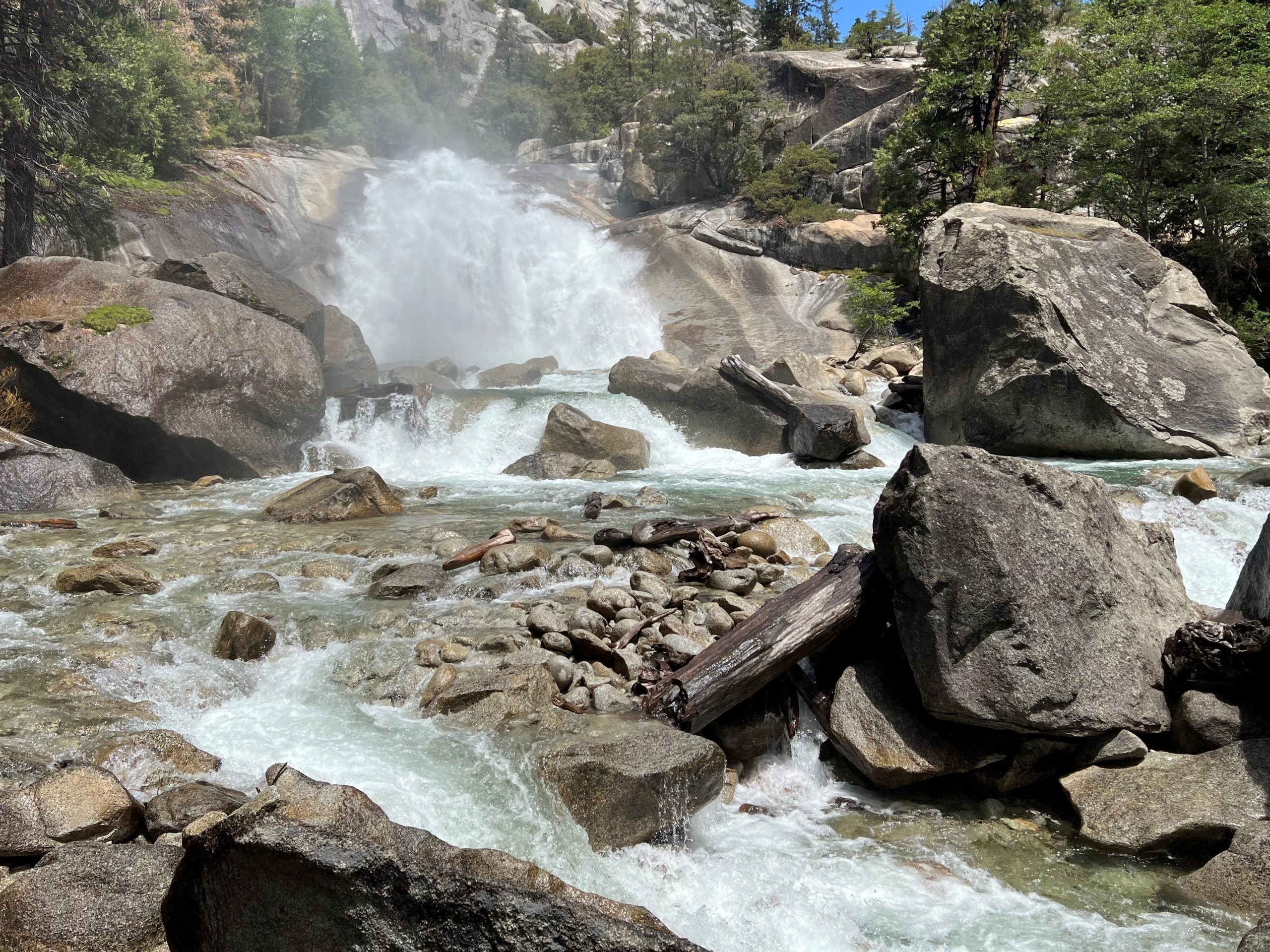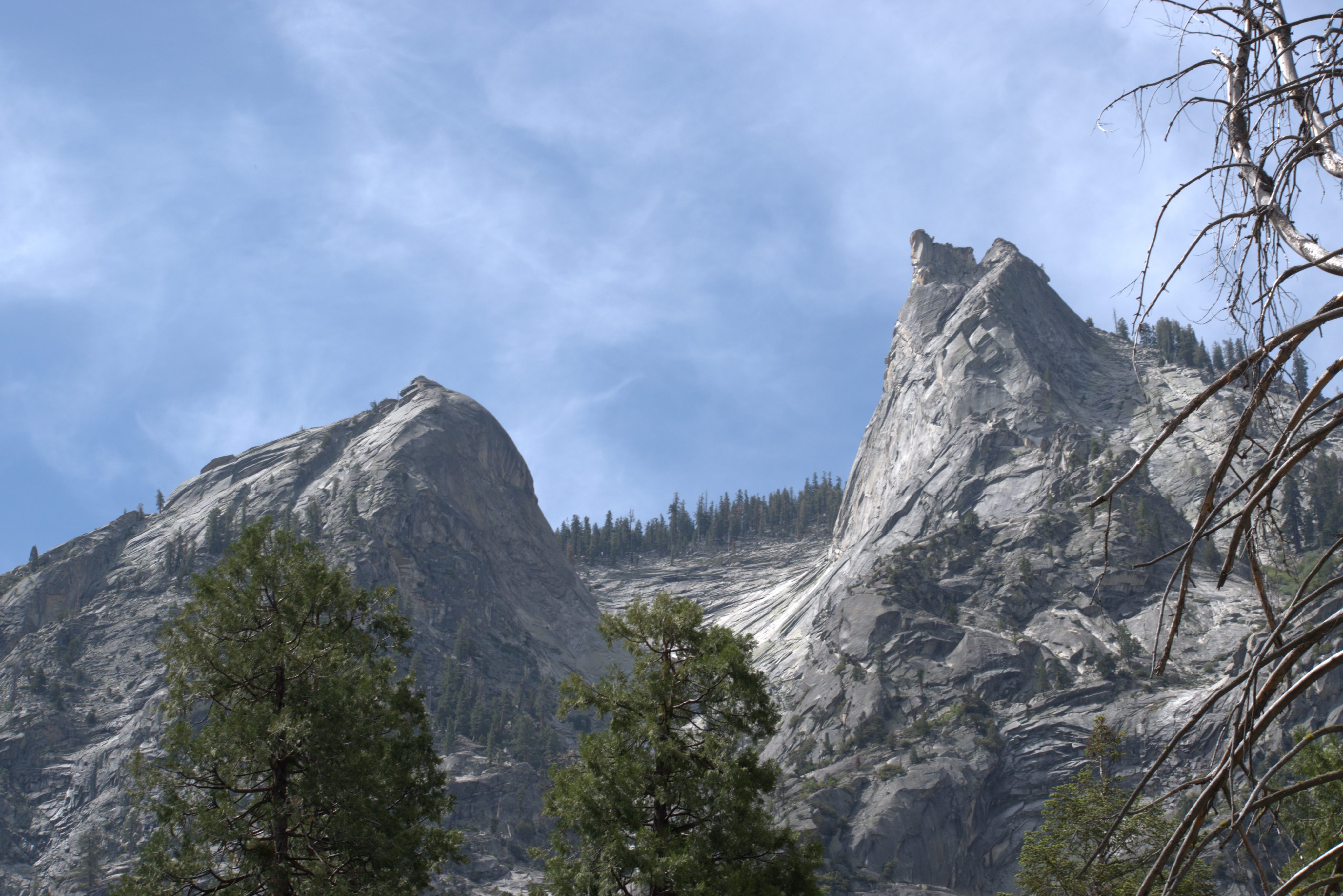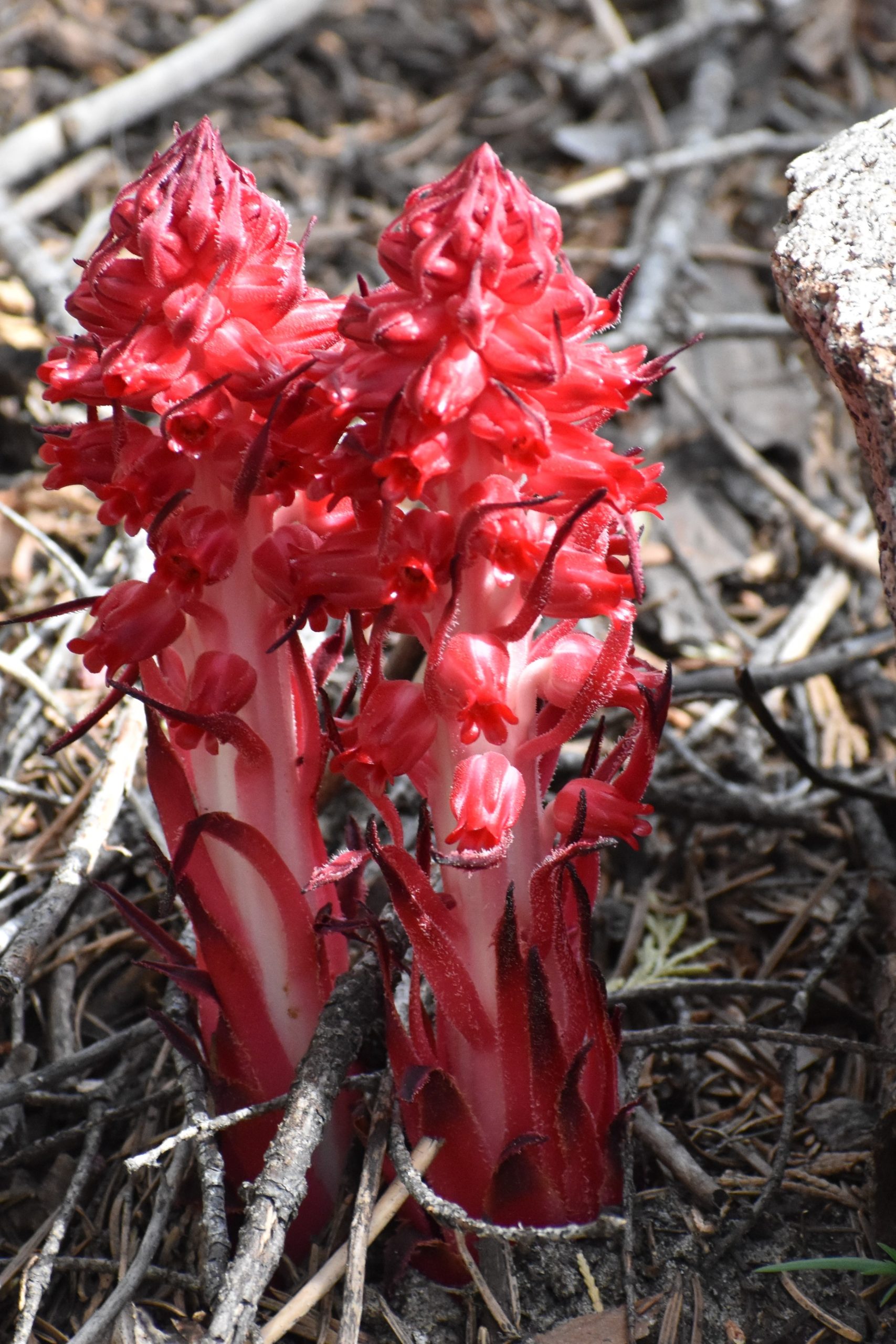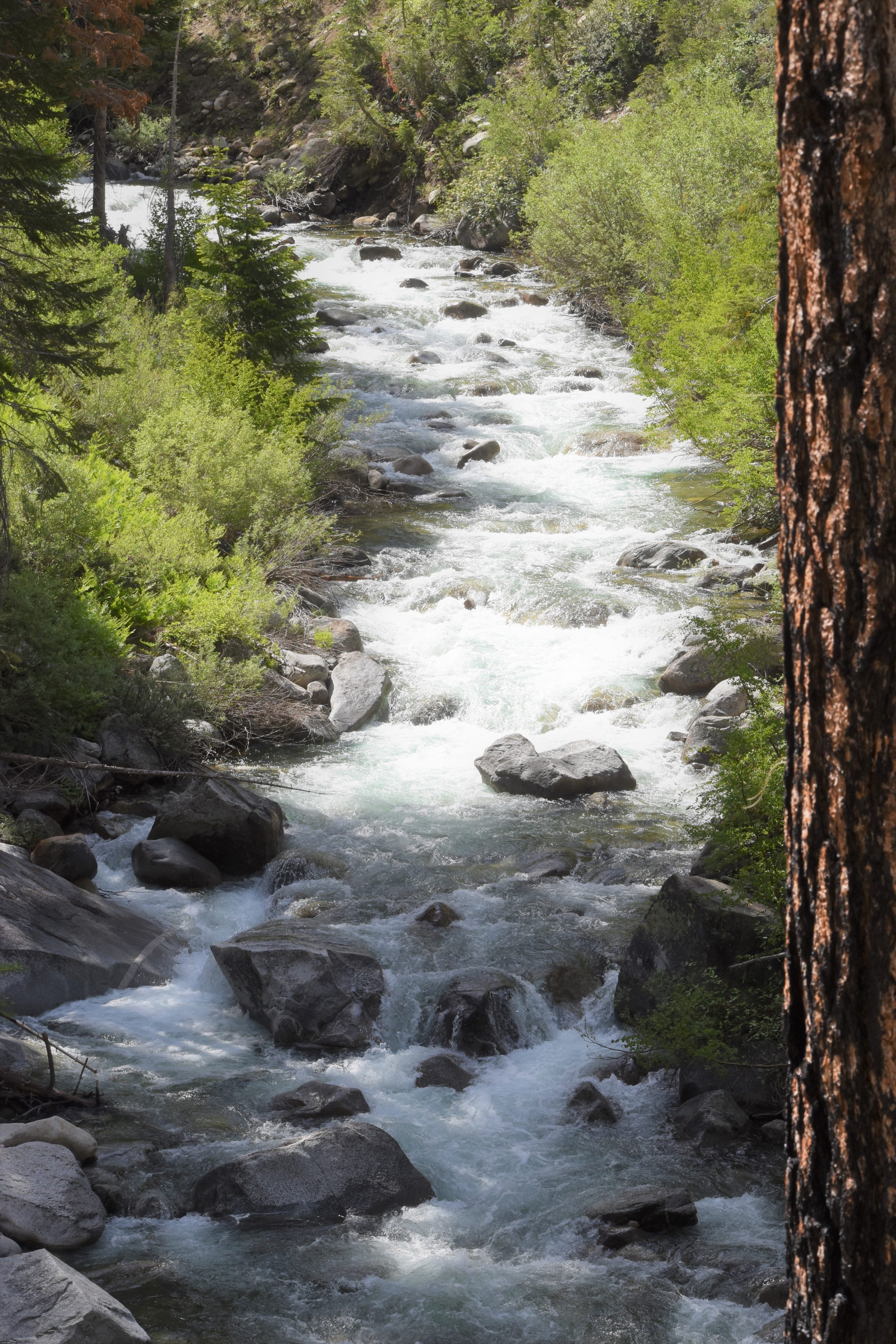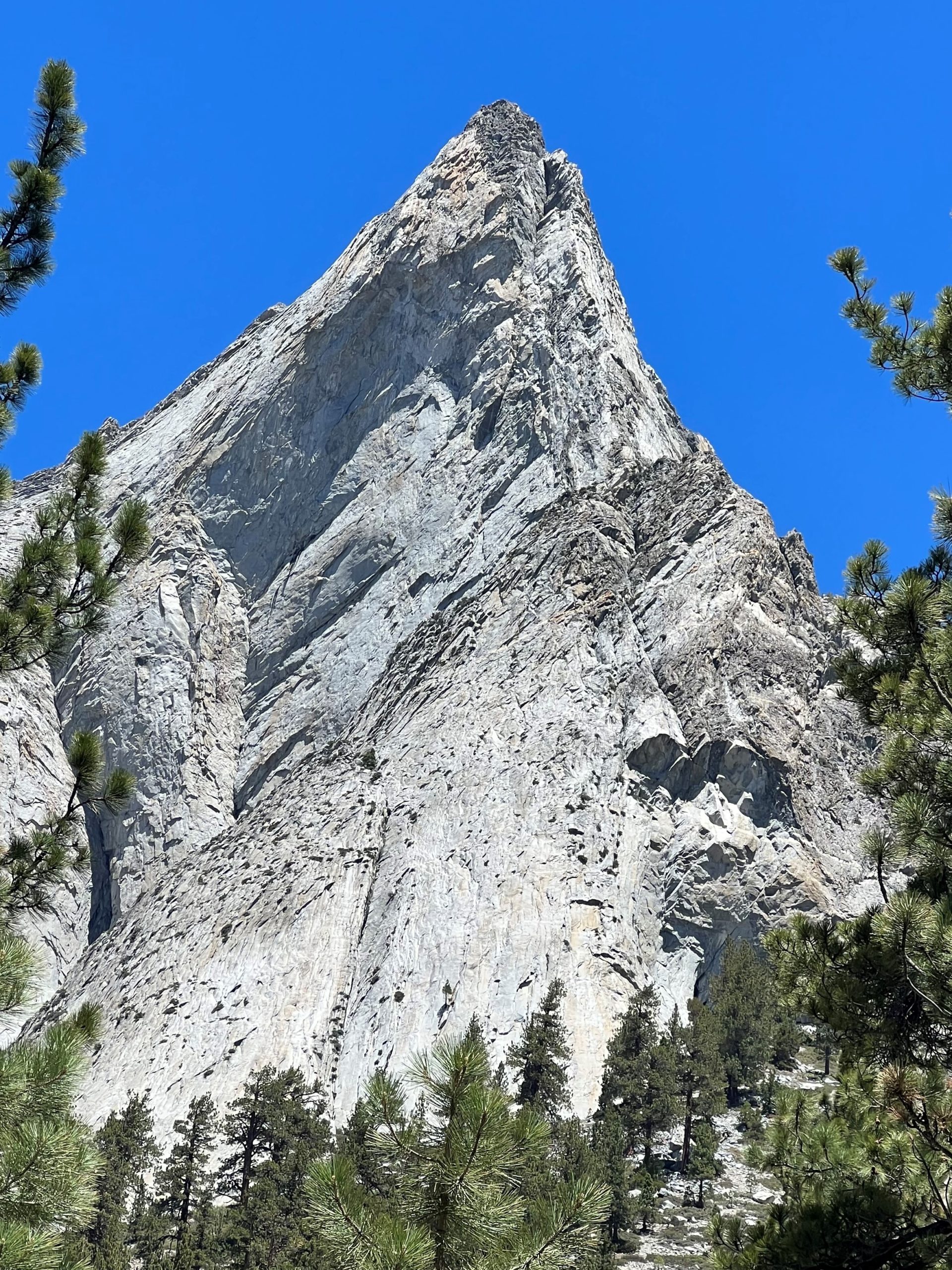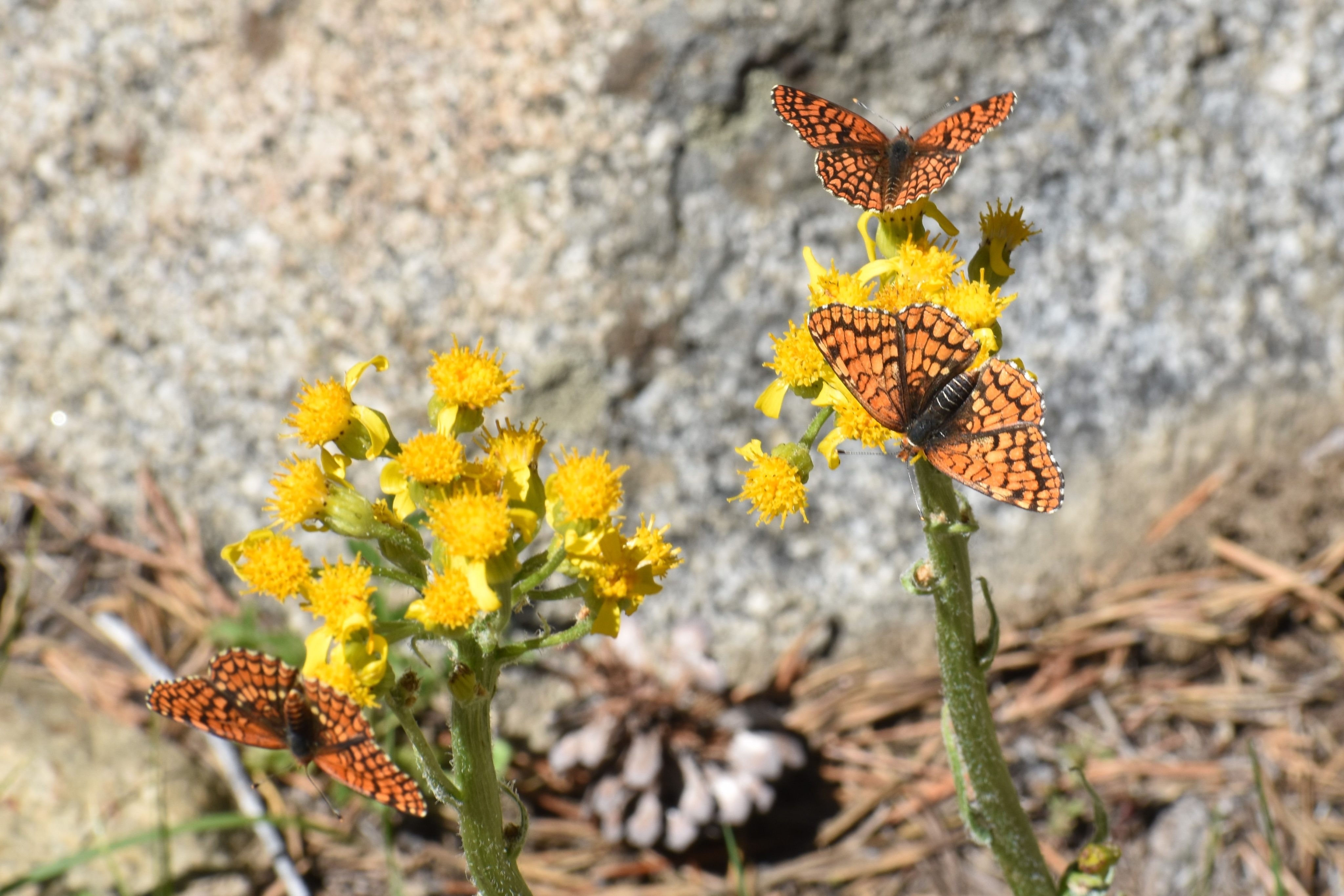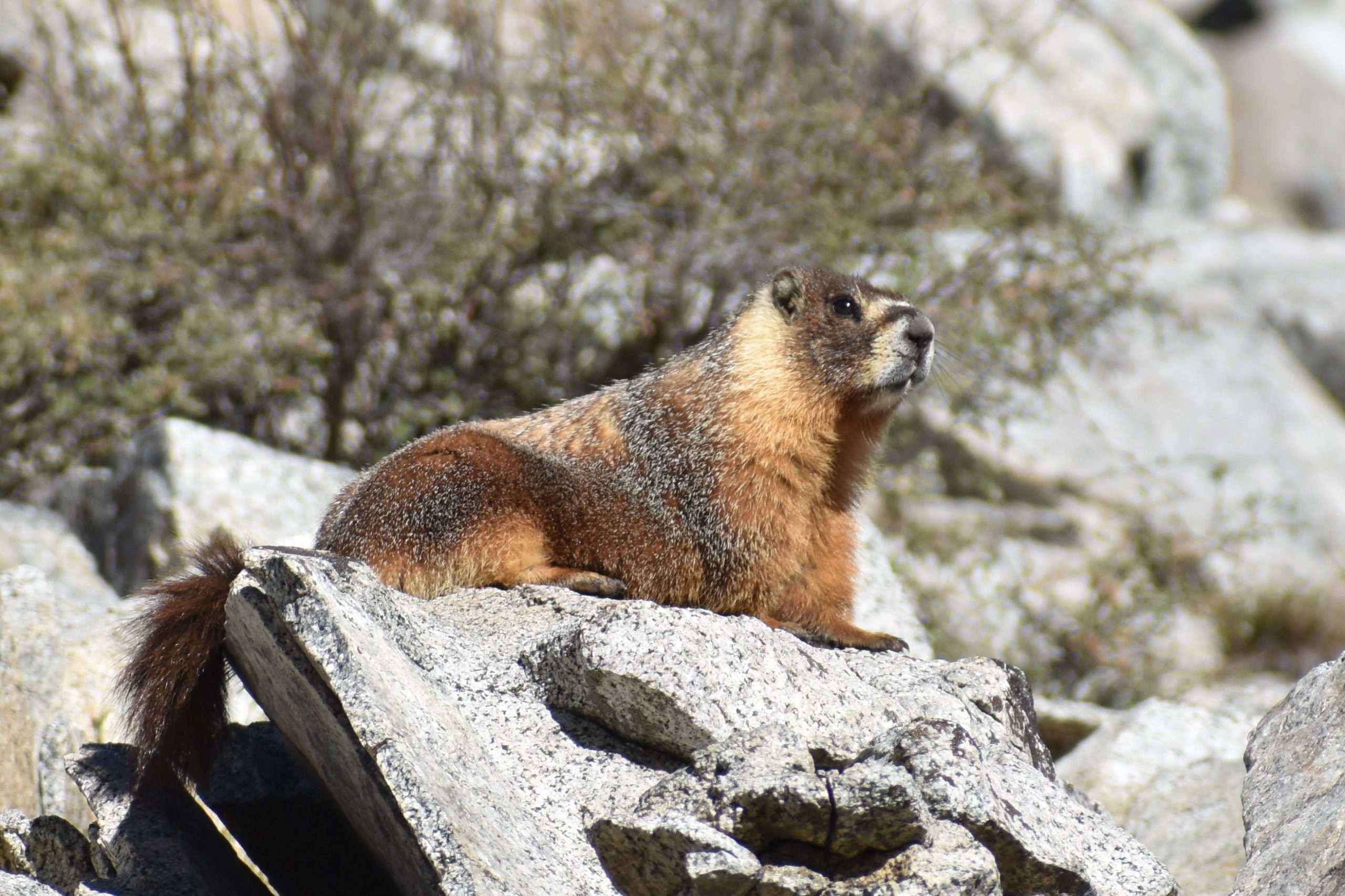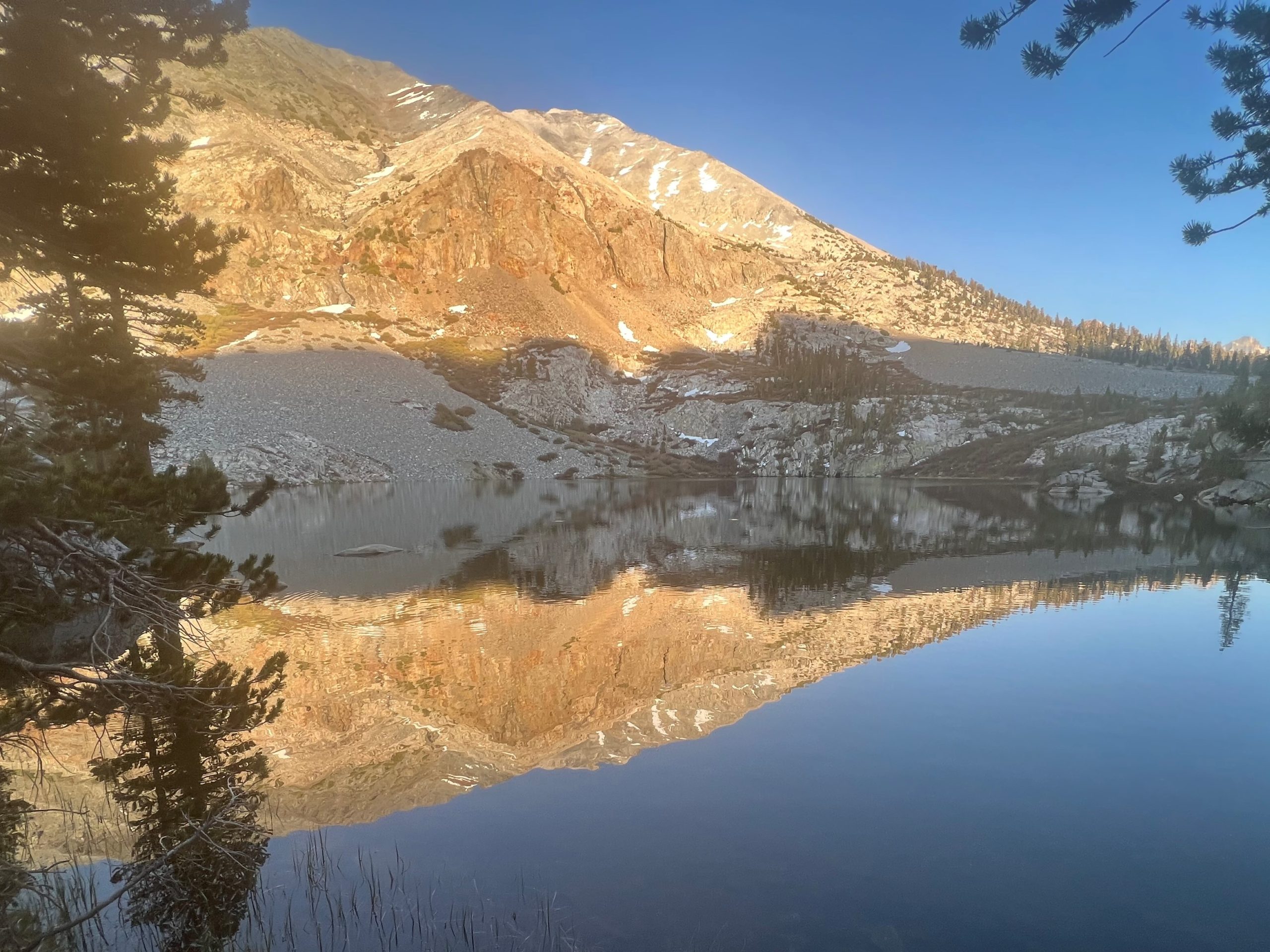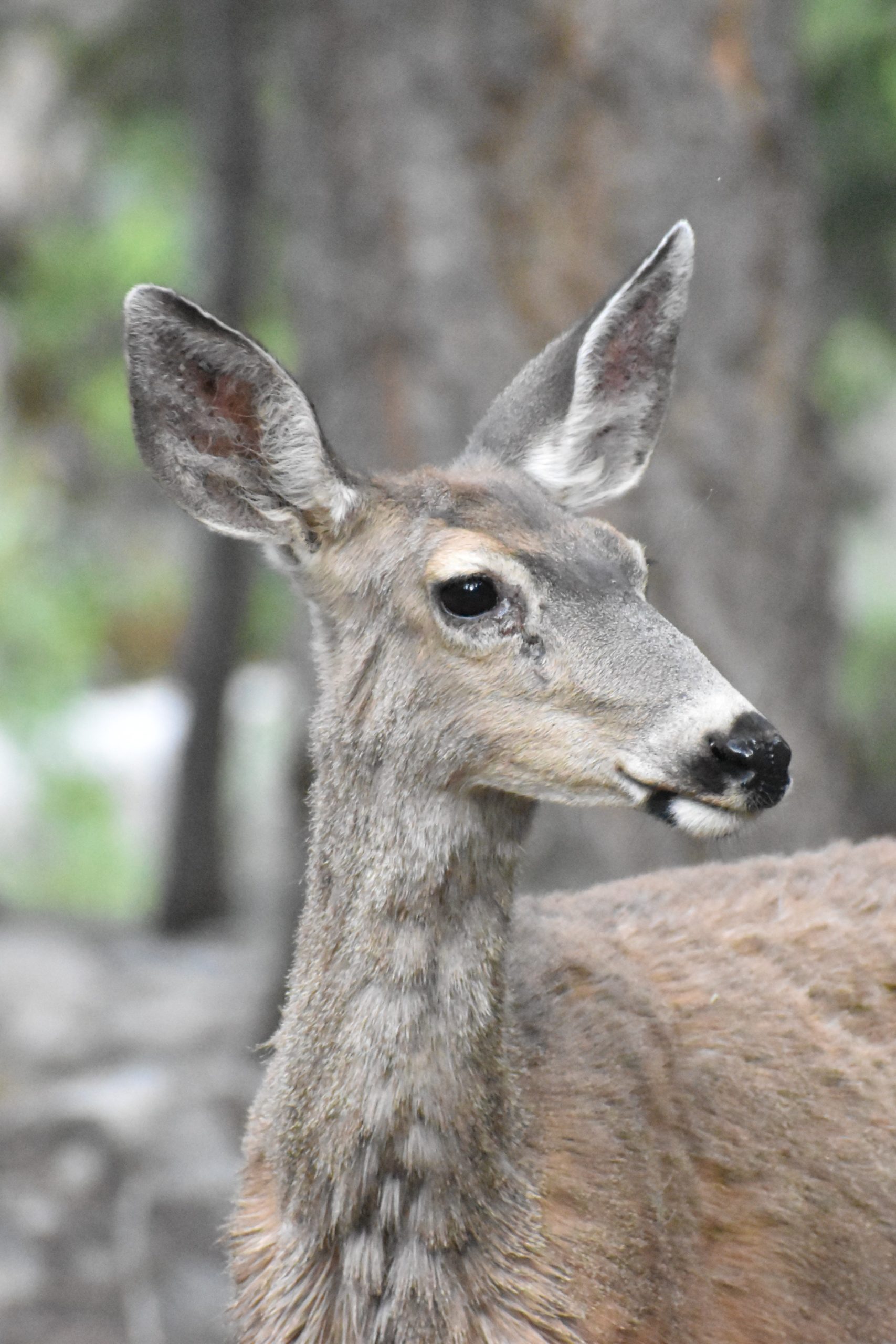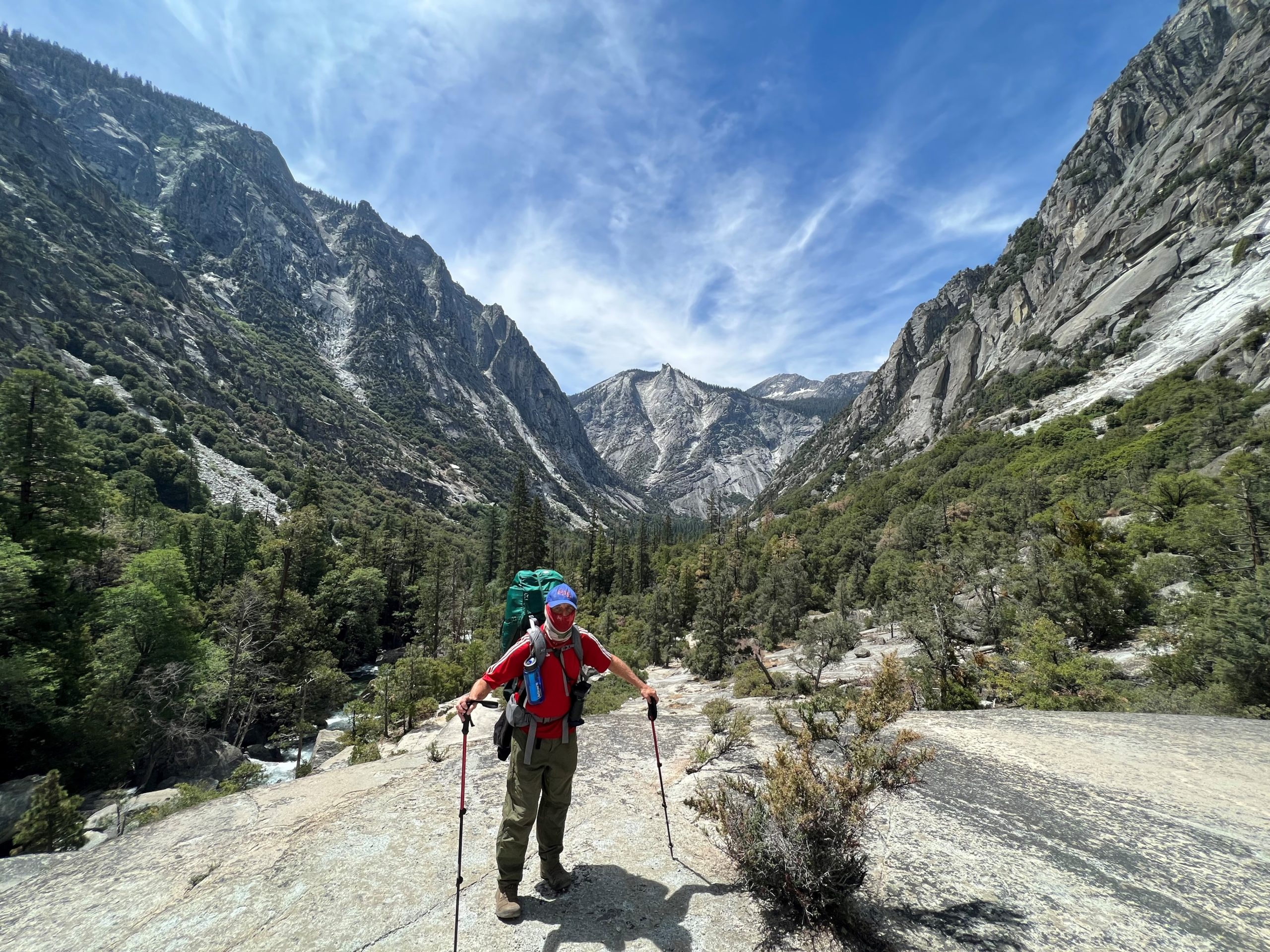“Why go to sea under sail at all if you’re so concerned with security? Why not go as a tourist, as a kind of frozen vegetable buying your way across the world surrounded by hot running water, epicurean cuisine, swimming pools, … – designed for your delectation and designed to quarantine you from the contagion of elemental wonder and awe known only to simple living?”
“To be truly challenging, a voyage, like a life, must rest on a firm foundation of financial unrest. Otherwise, you are doomed to a routine traverse. … Voyaging belongs to the wanderers of the world who cannot, or will not, fit in.”
- Sterling Hayden, Wanderer
Sterling,
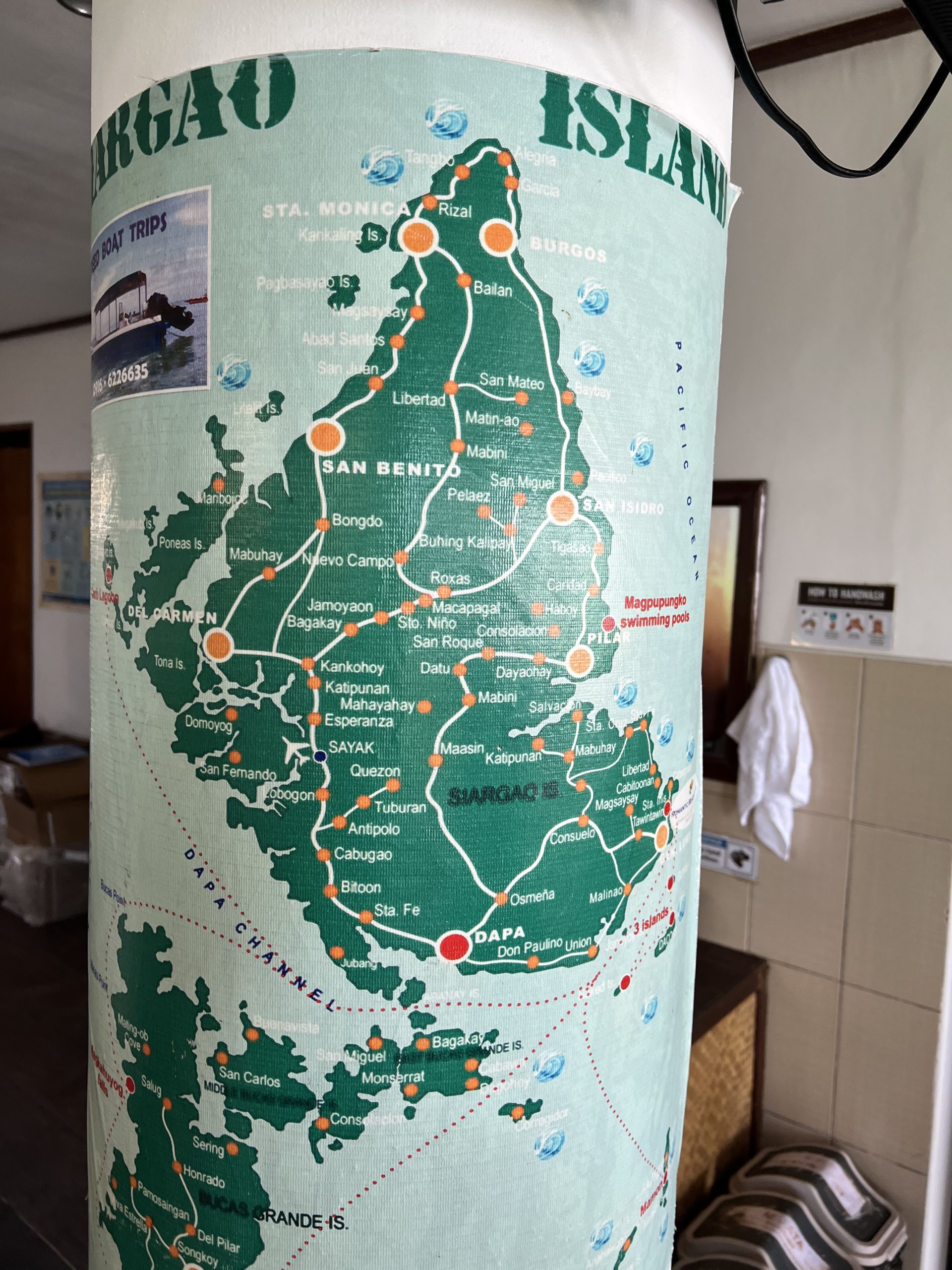
How long a voyage? How unplanned a trip? Are pools, hot water, and decent meals forgivable? What does it take to pass the frozen vegetable test?
Siargao is remote, at least to this American. Not into the wild remote, but far removed from anything resembling the securities and amenities of a big city. The airport only supports small prop planes, and you won’t find anything resembling a chain store, not even a Jollibee, to my knowledge. My weather app, which I can connect to the server using the resort’s wifi, lists the General Luna area as 8419. On my scooter ride around the island, people on the beach at the Magpupungko Rock Pools near Pilar requested pictures with me for their phones. As was our experience in India, where the locals took pics of the tall, very white Americans, I was an oddity. My map for the scooter ride was a pic of villages on a pillar in the dining room. When I headed out, I passed men using oxen to plow flooded rice fields. I think you will agree that I was not on any docent-led, canned trip watching from behind the safety of the tinted tour bus glass.
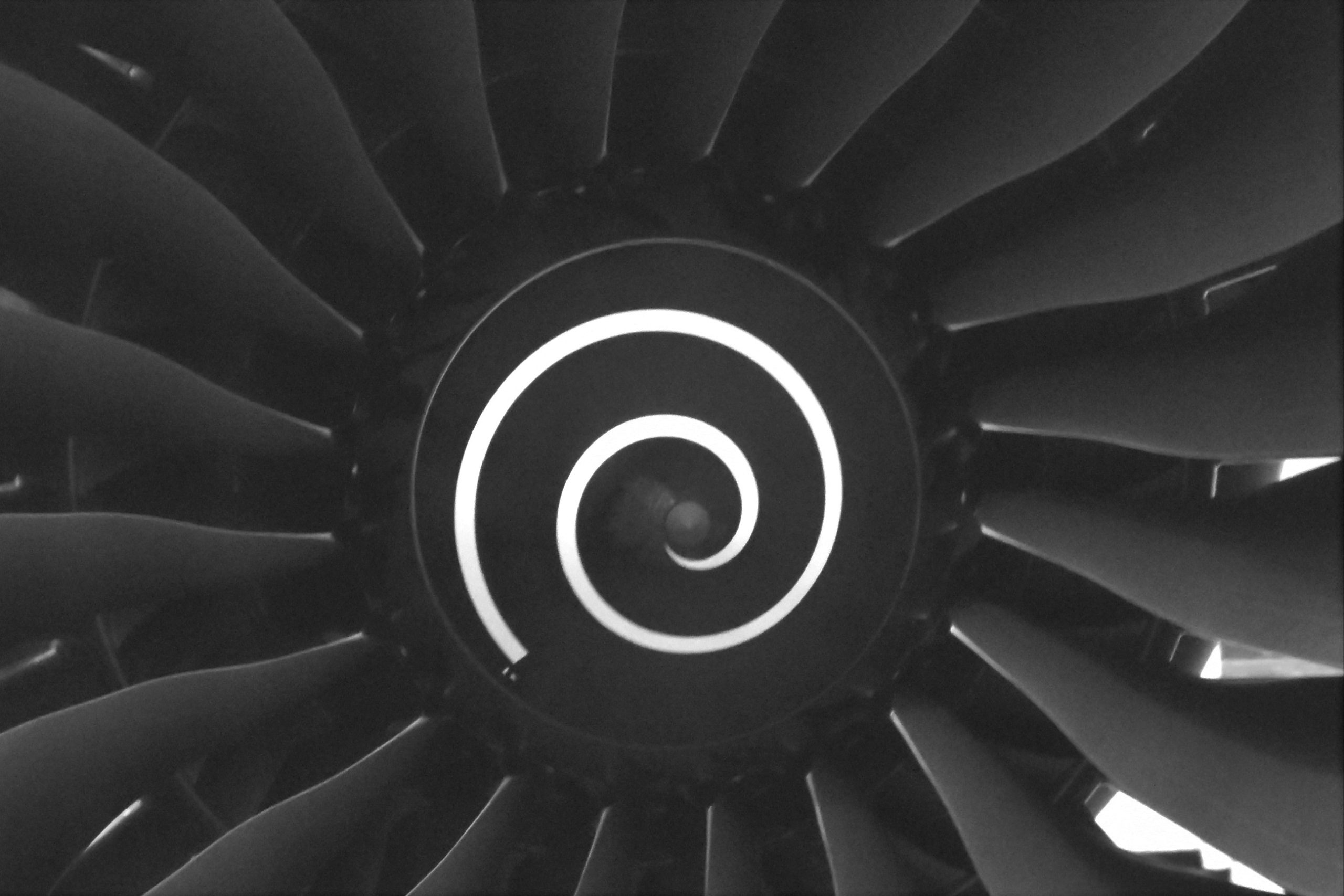
I consider this trip a voyage, long in distance but short in time. I was moved. I mean this in a literal sense but also in a figurative one, which I will come back to. My car moved me to the parking lot at an airport, and a shuttle carried me to the terminal. An escalator took me up its stairs to security, and a moving walkway ambulated me to the departure gate. A jet took me from one airport to another and then yet another. A taxi took me to my hotel, and an elevator elevated me to my room’s floor. The process was repeated on a domestic flight. Once at the destination, I rented a scooter to take me around the island and a canoe to take me up a quiet, rainforest creek. I joined a tour that started with a morning bus ride to the pier and boated to a remote island, only to get on a smaller boat. The whole trip uncoiled like an unwound tape measure to that point where I swam with the stingerless jellyfish and then recoiled back with a spring-loaded pop.
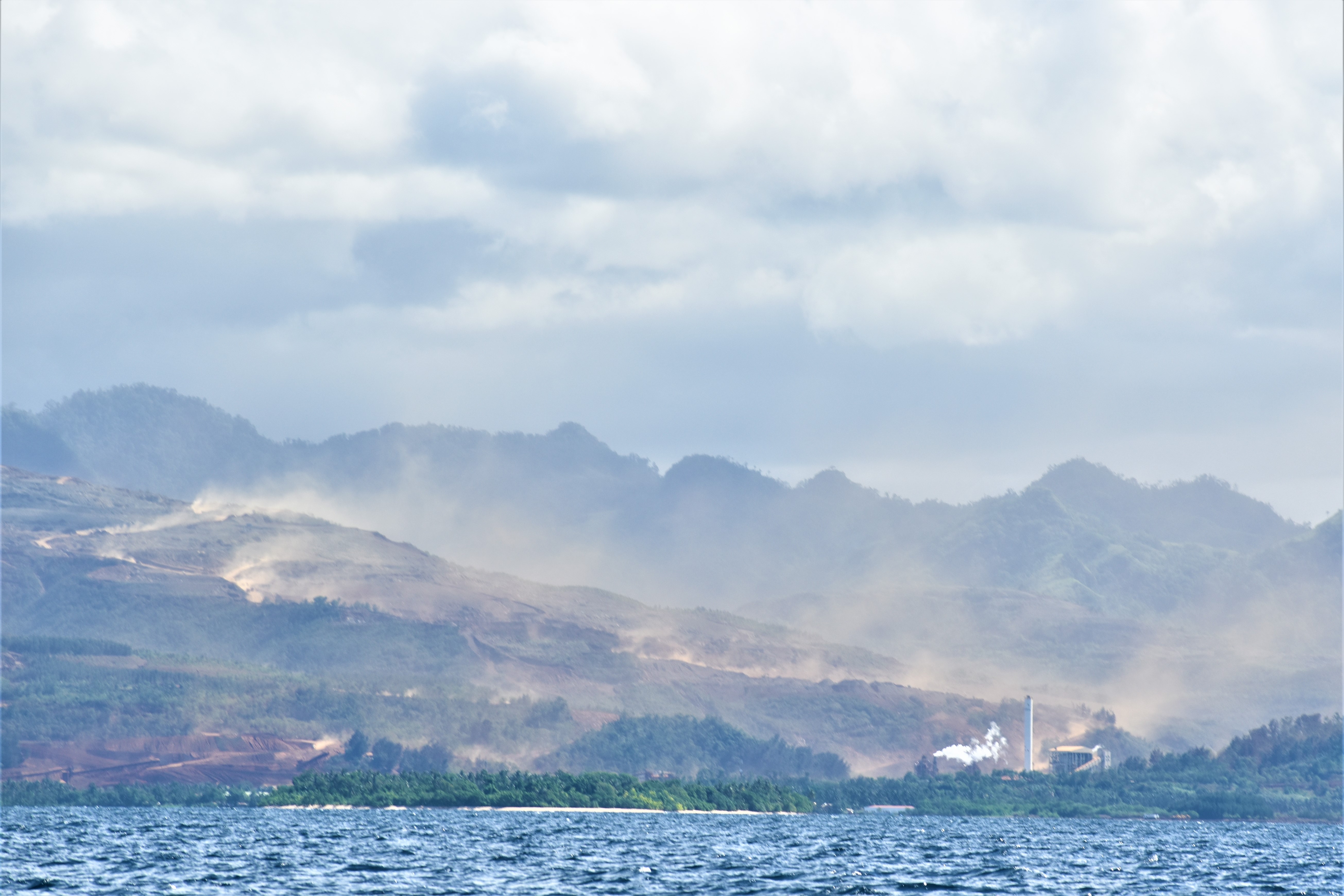
Sometimes, it felt not like a voyage, so passive, like when sitting on a HEPA filtered, dimly lit jet in the same seat for ten straight hours staring at a TV screen. At least on the outbound flight, I sat next to a friendly, talkative lady who markets AI. Sometimes, when the sitting was sensory-rich, it felt like a voyage. Like when I rode shotgun on a wave-crashing bangka with the wind whipping in my face, the motor sounding like my head was on the inside of a lawn mower, holding on to rails for balance, warm salty water spraying into my face alternating with a burning sun.
Even the threats were generally passive, albeit real to me. Not physical threats so much as stress, like when trying to figure out what documentation you need in a sea of predatory providers, misinformation, changing rules, location-specific rules, and poorly designed apps. Failure to produce the right piece of paper at the right time could turn the trip very ugly. Missing a Covid test or failing it would be a disaster. Lose your phone, passport, or credit card, and then what? The immunization card is just a little piece of cardboard that looks like any other receipt or junk piece of paper. I have no idea what happens if you lose it. Would the phone pic suffice?
On the consideration of amenities, I generally had hot water even though the resort had a third-world combined shower and shitter. My meals hardly qualified as Epicurean though I had no complaints and, more importantly, no intestinal disorders. I drank San Miguel Pilsener for alcohol, more on the level of a poor man’s Bud Light if that is even possible. Most breakfasts consisted of black coffee, rice, a sausage, and an egg. Dinners consisted of random seafood orders. My food expenses for the whole trip were under sixty dollars. I enjoyed it all, but I certainly wouldn’t consider it lavish.
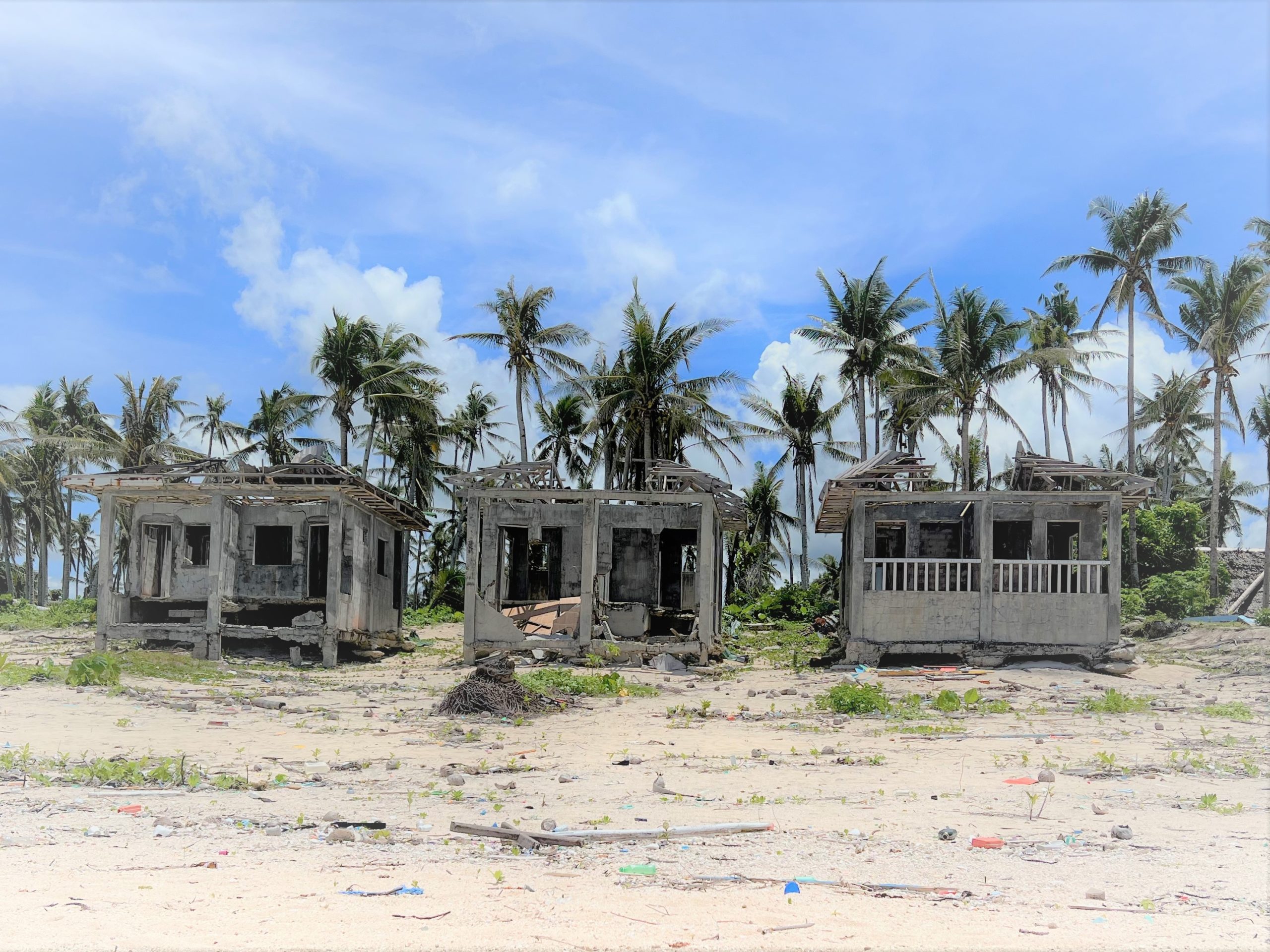
There is plenty of financial unrest, but not so much of my own. I met USAID workers still helping with the reconstruction after the super typhoon Odette struck in December of 2021. I missed a photo op of two men sitting in chairs drinking beers on the second floor of the concrete skeleton of a building exuding its rebar fibers. I can’t imagine how people rode out that typhoon in a shanty with a corrugated roof. The Cloud Nine pier that carried surfers a quarter-mile over the inner, waveless inner reef was reduced from a landmark tower to a few wooden palettes stuck on wooden posts. Cleanup and reconstruction were in the air. Many of the coconut trees were on the ground.
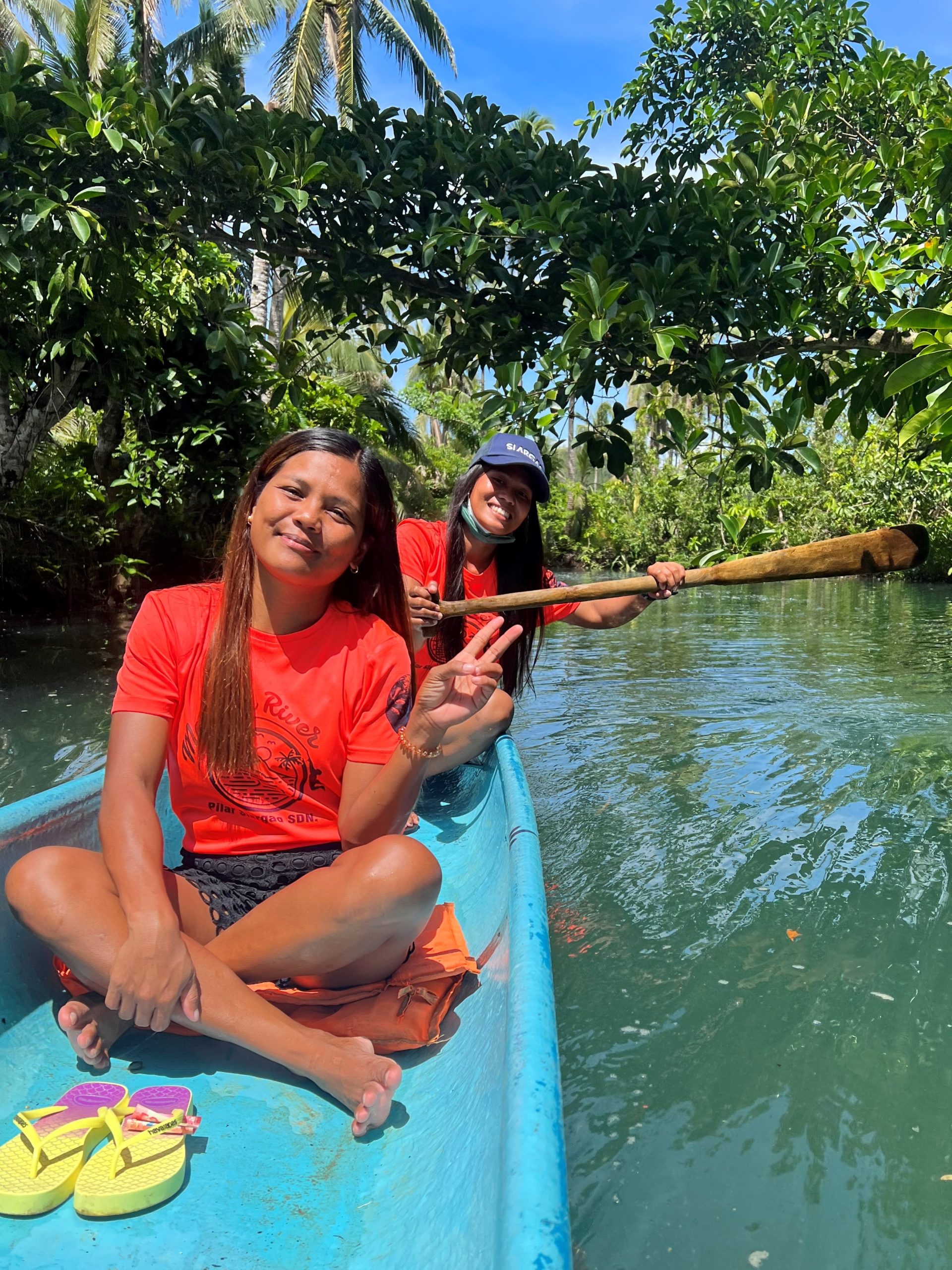
On my canoe ride up the creek, I was paired with two beautiful lovely young women, one of the treasures of the Philippines, to serve as my guides. The first question out of their mouths after they asked for my name, which apparently is Mr. Mike, is if I am single. As best I could make out, their names were Rose Bee and Honey Bee though I am sure I hopelessly botched the pronunciation into something familiar. Both are single moms looking for a unicorn: a loyal, handsome, compassionate, devoted, caring, loving, and financially solvent man who will sweep them off their feet and whisk them off to some exotic foreign land. The unicorn is my word; the rest are theirs. I ask them why they don’t have a Filipino boyfriend and they just shake their heads. I imagine it rather tough to raise a daughter on an income of two dollars a day in a world where nothing is free. They walked me from the canoe to my scooter and invited me later to the after-dark firefly attraction, but I didn’t want to drive at night on the scooter back to the river crossing in the middle of the island.
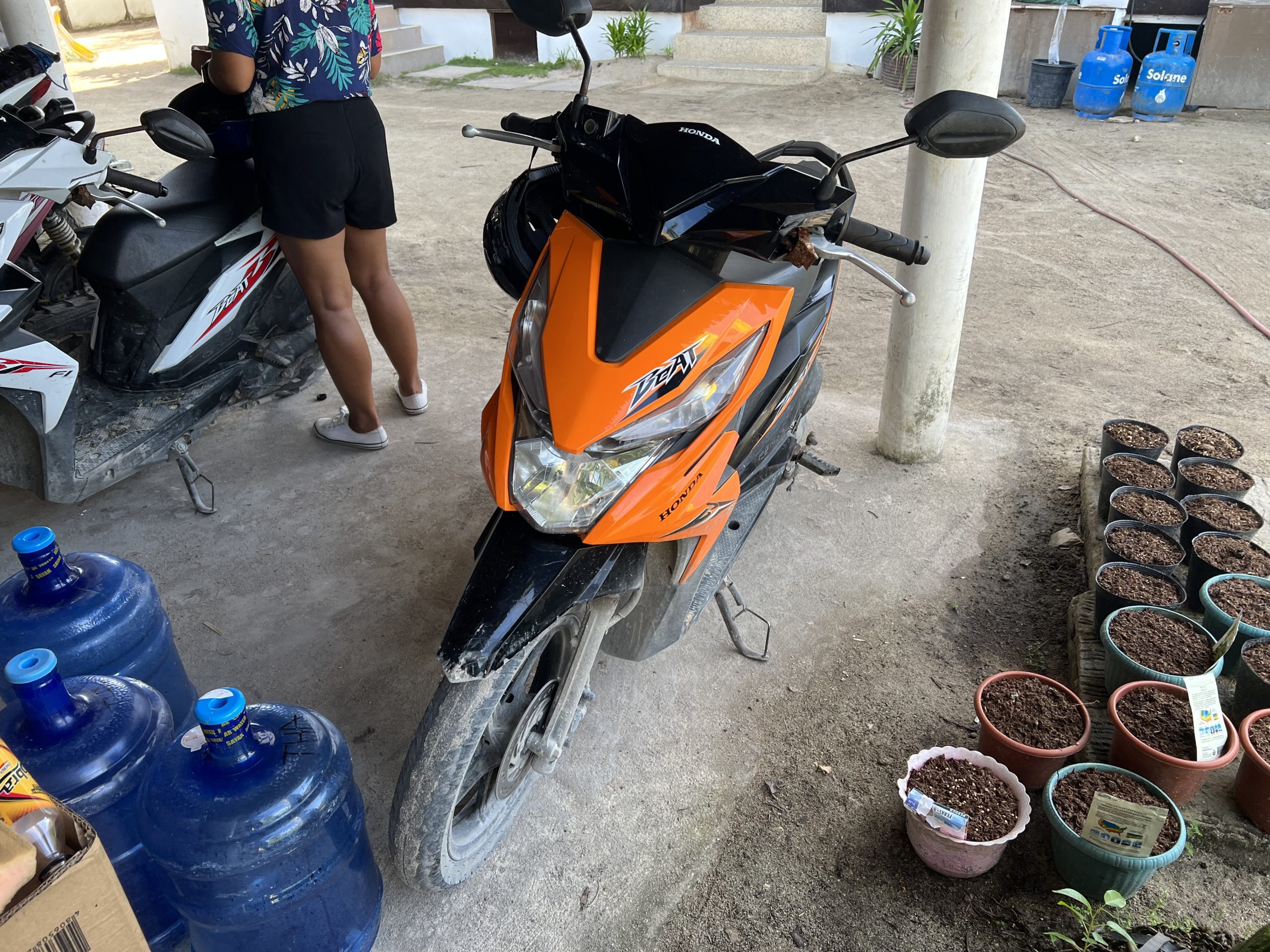
It’s hard to see how things will improve with the recent election. I won’t delve into politics here, but all I have to say is post-truth is alive and well in the Philippines, and that shit works.
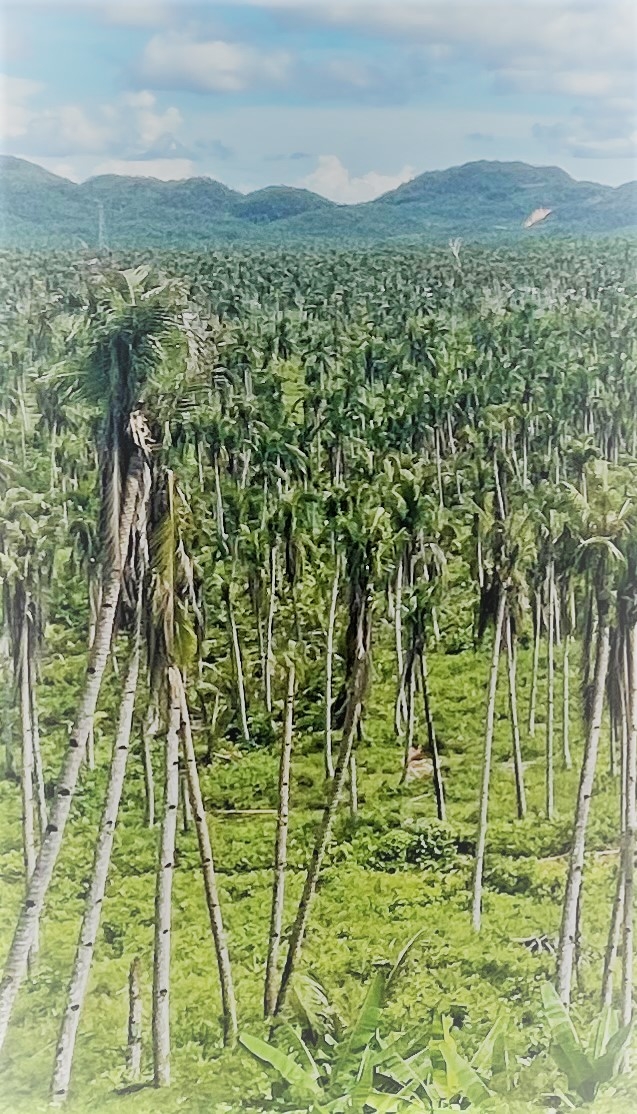
On the consideration of being moved more figuratively, there were a few bright spots and one incredible tour. The scooter ride, for starters, included the Maasin River tour with Rose Bee and Honey Bee. The river ride up in the canoe wasn’t much, but I enjoyed the scenery of my company more than the scenery. At a sari-sari store with outdoor seating on the beach at the Magpupungko Rock Pools mentioned above, I asked a group of locals and workers if I could sit down and pointed to an empty chair at their table. They started to vacate, so I quickly clarified that I meant with them still sitting there. Re-mi, who introduced himself as “Re-Mi, as in Do, Re, Mi, Fa, Sol, La, Ti, Do,” has relations in the States, including his mom. He asked me about the places I had been to. I butchered the pronunciation of Siargao and Boracay. The kids got a kick out of it and had fun imitating me mispronouncing the words. The island is one big palm tree forest broken up by a few shanty villages here and there. I enjoyed the adventure of circumnavigating the Siargao on the bike.
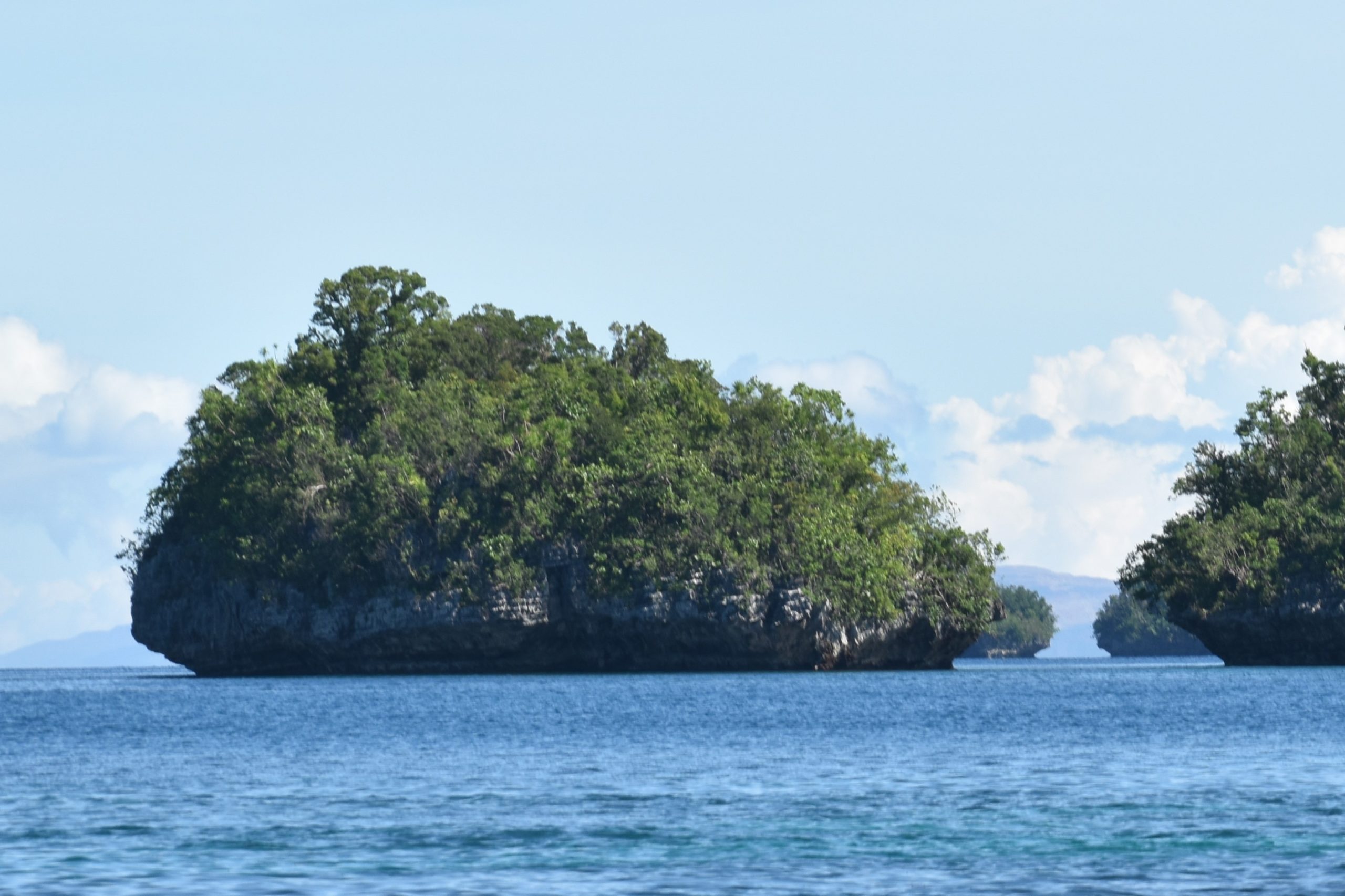
The island tour to Sohoton Cove was the highlight. I can’t imagine doing the things we did there in any park here. After passing by the cupcake-shaped islands coming into the cove, we had to switch to low clearance boats to duck under the stalactite-studed low clearance archway entrance, which might have inspired a hidden valley of dinosaurs scene in a movie. I don’t even know how the natives found this place. We stopped at a cave with an underwater access. Our guide shoved each of the three women I was with by the neck to propel them beneath the submerged wall through the cave entrance, but I snorkeled in under my own power.
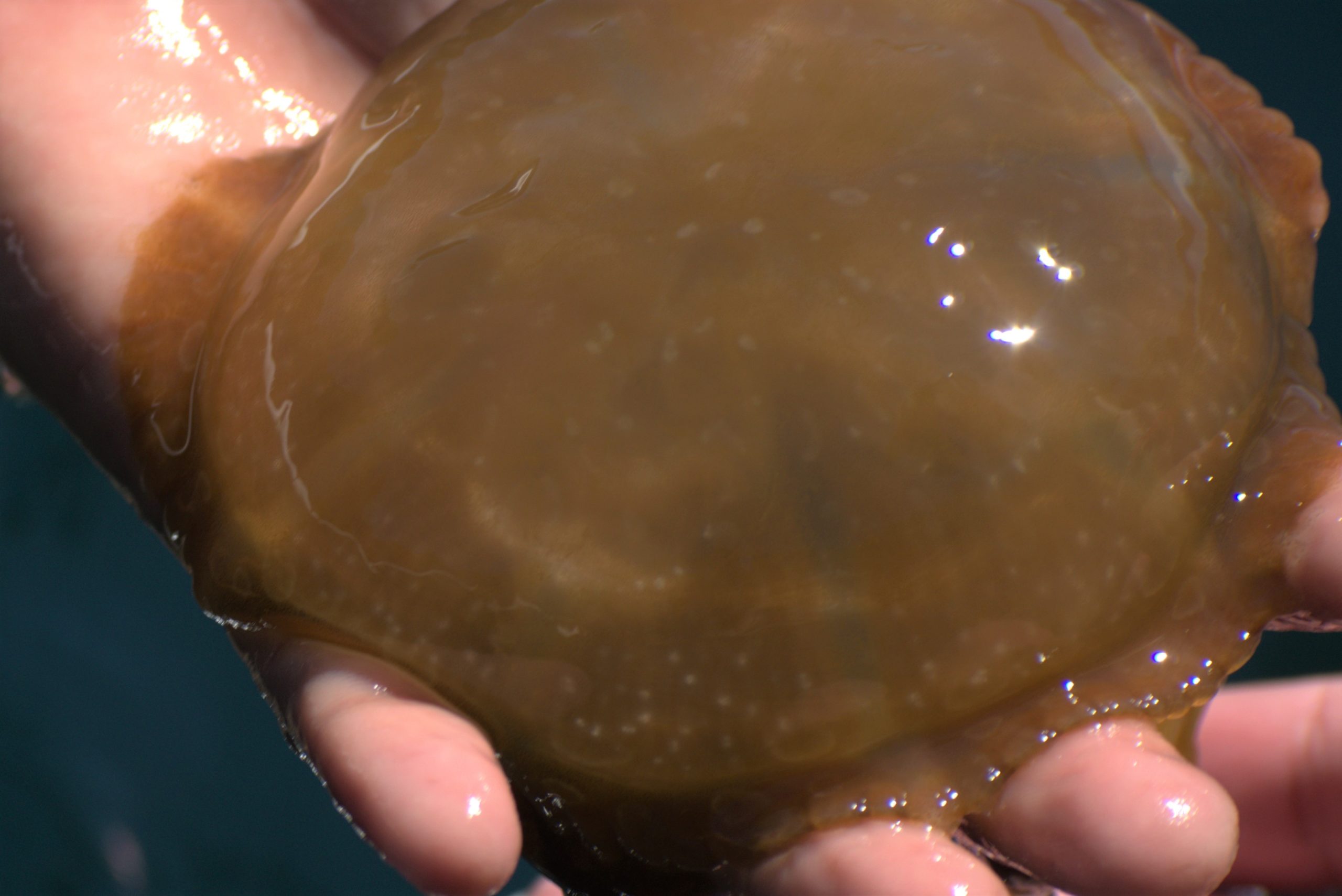
After the cave, we motored over to the jellyfish sanctuary. I’ve been stung before. It’s unnatural holding a live jellyfish in your hand, even knowing it is stingerless. It’s downright freaky to snorkel amid a large school of them. The pulsating brown bells move in Brownian motion bumping chaotically into you as you swim around the lagoon. Yes, Hayden, I bought my way onto the tour but didn’t feel like some kind of frozen vegetable doing it. Instead, I felt the contagion of elemental wonder and awe. The jellyfish swim was the highlight of the highlights.
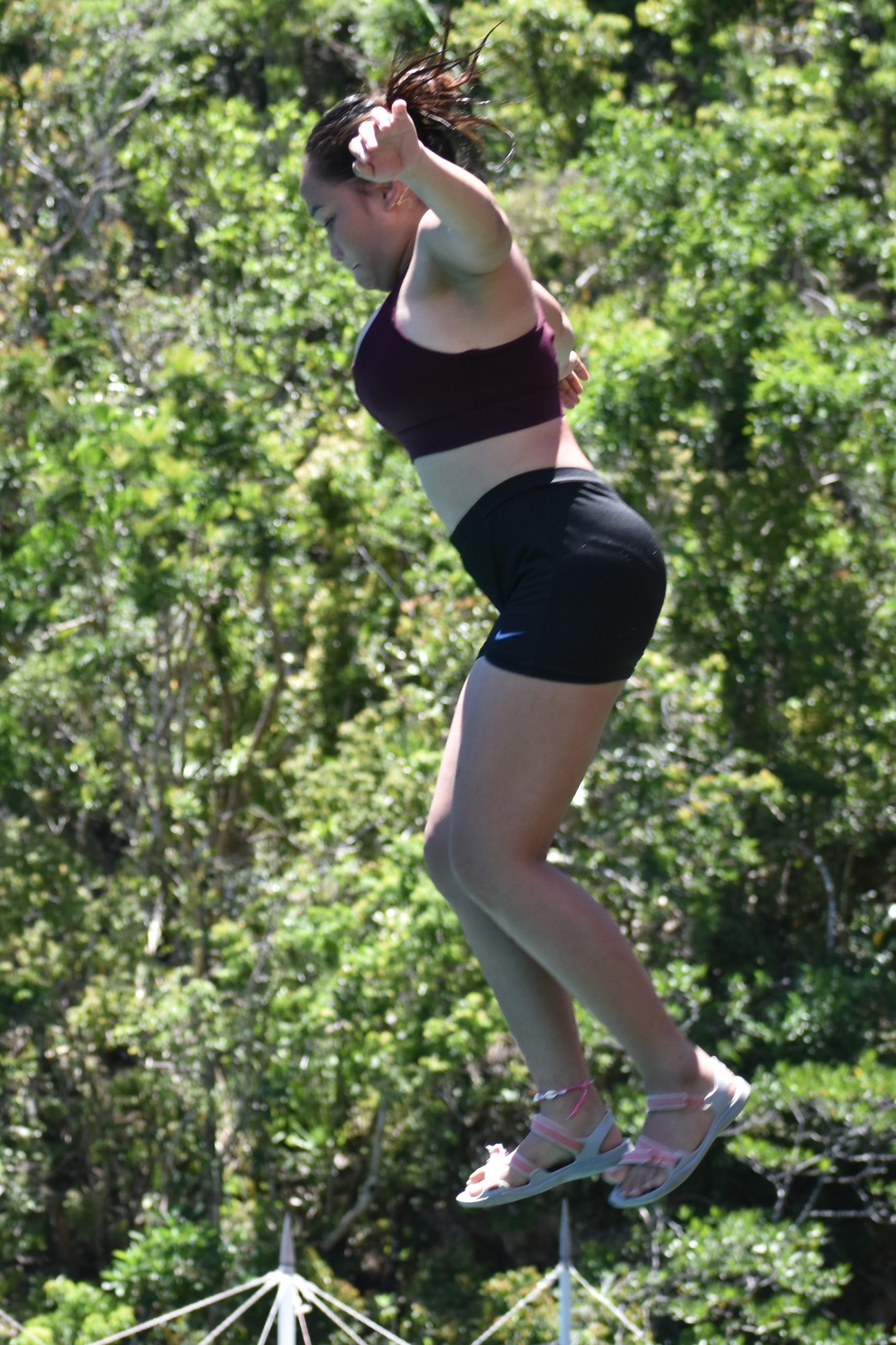
At the next attraction, led by a guide, the two customer service girls from Manilla and I swam into another cave with a water entrance. Inside, we came into a small chamber, climbed up the wall of the rocky interior about twenty-five feet to an exit over the lagoon, walked down onto a wooden platform ten feet above the water, and dove back into the lagoon to get to the boat.
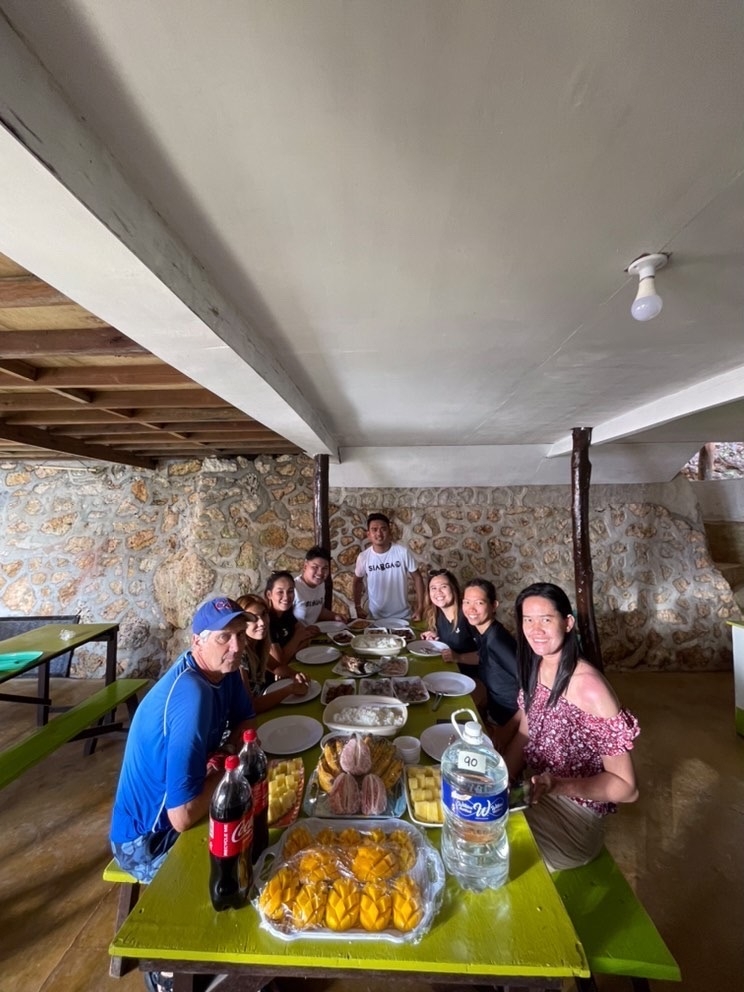
Our group returned to where we transitioned from the larger boat to the smaller one. My traveling companions, all young, six from Manilla or nearby, and one from Cebu included: a lady doctor traveling by herself to escape the twenty-four-hour shifts of family practice at a clinic, a teacher mutually followed on Instagram, an exuberant and extraverted young lady, another young man that I never really talked to, and three customer service girls already mentioned that shared the small boat in the jellyfish sanctuary. We ate a Filipino barbecue of rice, pork, chicken, and steak with sides of mango and pineapple. The extrovert told everyone to talk in English, but they didn’t. I was definitely the odd, older, foreign man out. Sometime after the meal, they expressed interest in knowing about me. “Sir, where are you from? Sir, where have you been in the Philippines? Sir.” Who the hell is this “Sir” guy? I guess I was destined to be an outsider on this one. The getting to know me chat was cut short when ironically, the doctor fell off a water swing before swinging out into the water and started to bleed out through her cut foot. A bandage was cleverly improvised from a Covid mask, and she was okay once the bleeding was under control.
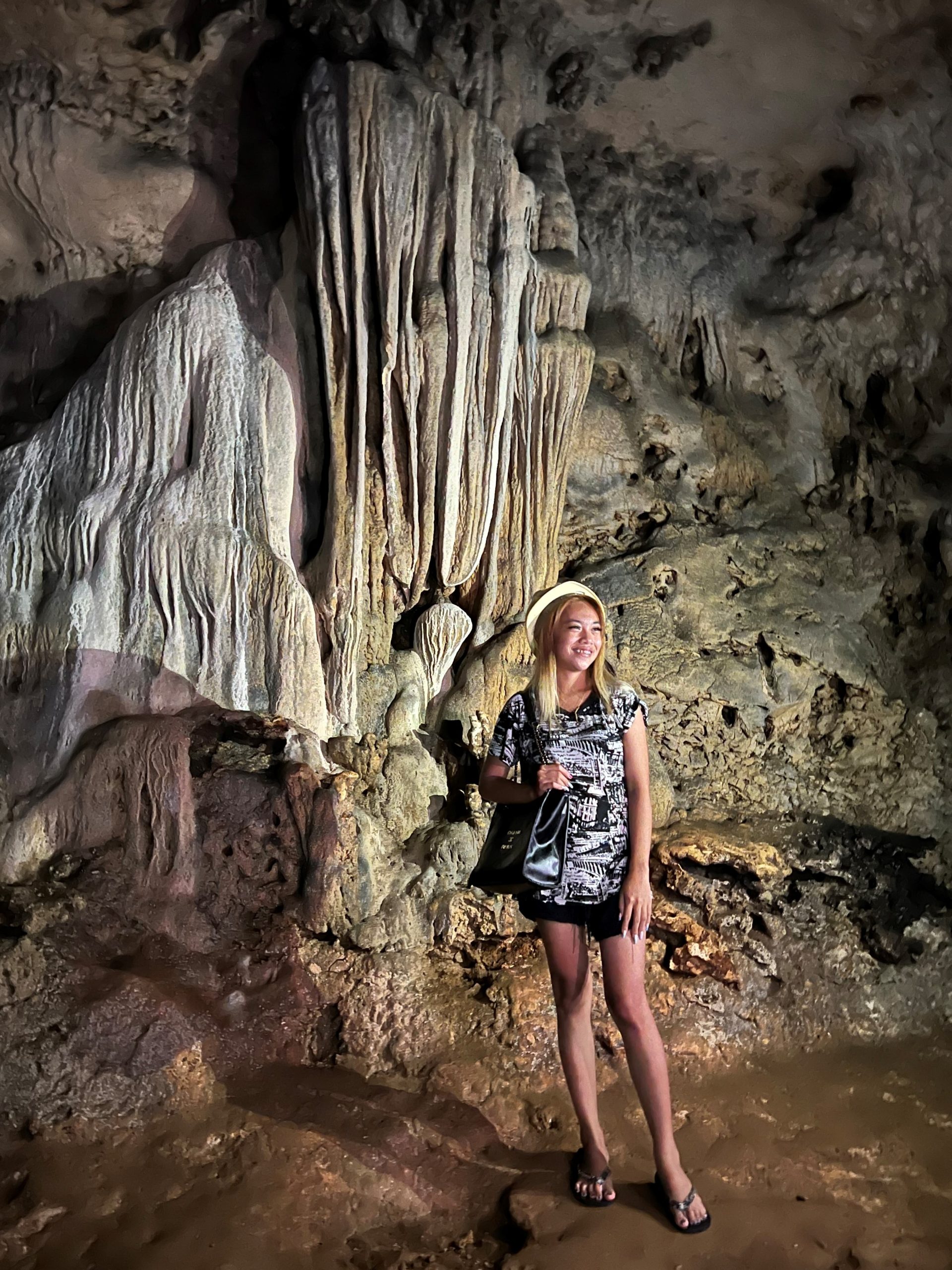
The tour finished with an on-land, dry cave tour with some excellent features and bats flitting about our heads, trying to start a new wave of Covid. How unfrozen is all that?
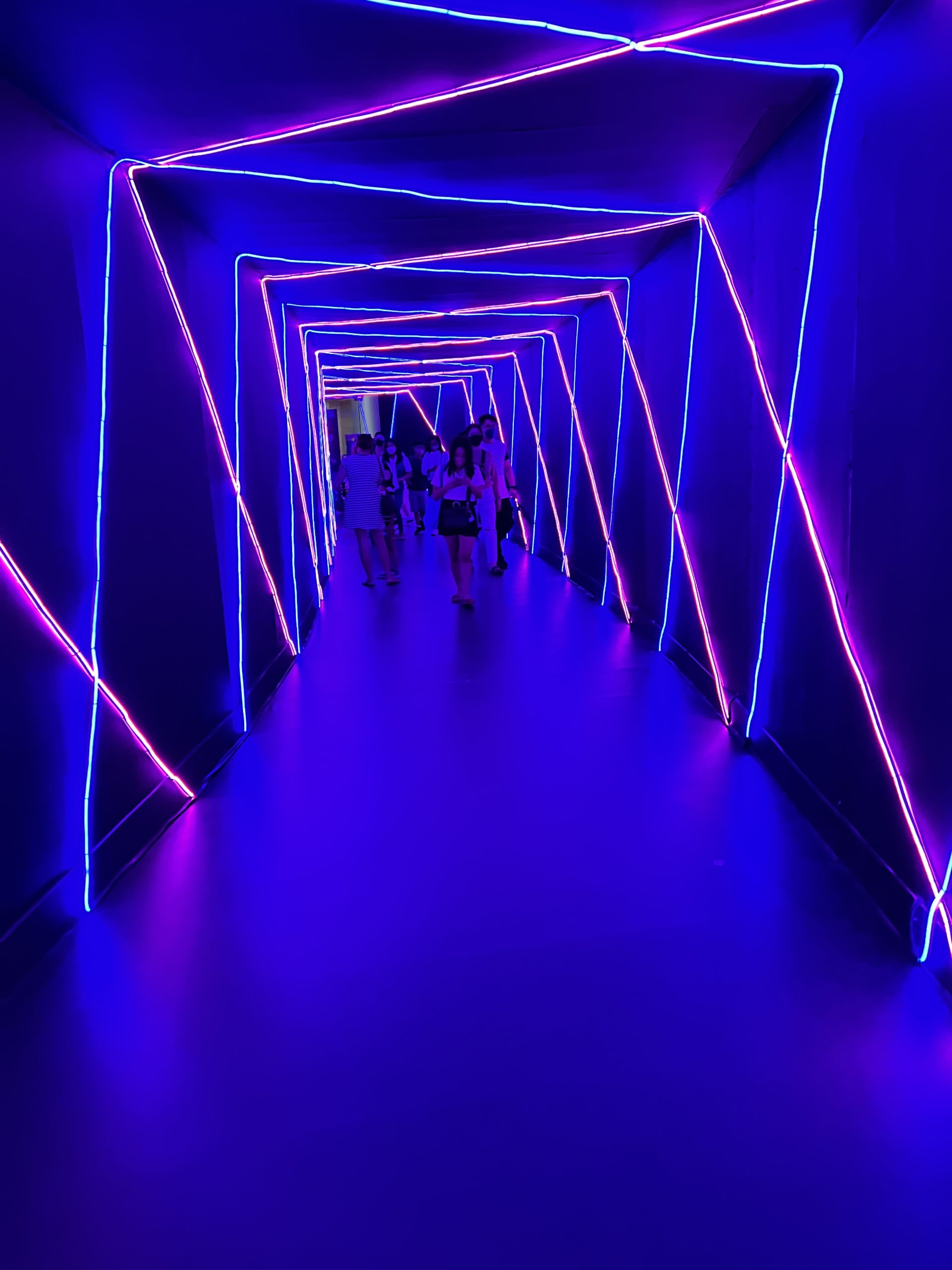
So, Sterling, my voyage was only a week-long, and because I stayed in Manilla a night coming and going, sacrificing two days to the Covid gods of regulation, it was only five days. My only financial unrest was the cost of transportation and dog care. I was a tourist but at least an outlier lying out on a remote island in the times of Covid and post-Odette. It may have been a short, paid-for voyage, but I hope I at least passed the frozen vegetable test.
